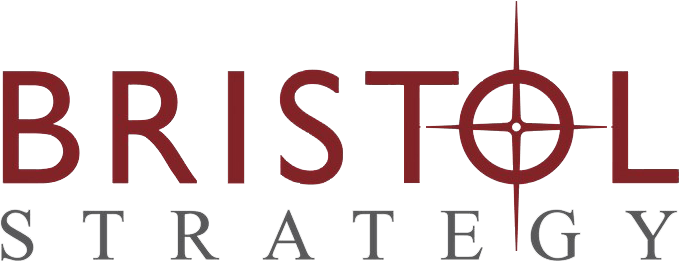Does your nonprofit have a fund development process? Is that process sustainable? Or is it “leaking” productivity and sustainability all over the place? Big questions, but not a lot of good answers out there
This summer, I’ve had a chance to look at a lot of nonprofit ‘fund development plans.’ Let’s just say, I’m not impressed. Too often the ‘plan’ is not really a plan, with specific performance targets, assignments and reporting methods. More often the plans are simply lists of campaigns, tactics and ‘cool’ ideas, frequently wrapped around events.
Such plans have a number of problems. For one thing, they tend to take the agency off-track, even off message. It’s difficult to replicate anything that results from the plan. Finally, and most important, these plans do not build development capacity OR sustainability.
Before you think tactics, please think process. What does a fund development process entail? Here at BSG we think it has to entail the following items:
- An ideal donor profile. Actually, you’ll need a separate profile for donors, one for grantors and one for corporate partners. These profiles should contain the prospect’s capacity to give – and it works even better if they include qualitative stuff like the prospect’s motivations for giving.
- Simple but specific metrics that describe the ‘stages’ that a prospect goes through before producing their gift or grant. We recommend that these ‘stages,’ or moves if you prefer, are based on actions that the prospect takes, not on your actions.
- Specific targets for overall income growth. Remember, ‘we just need more money’ isn’t a plan, it’s a complaint. Assess your true funding needs and then state your targets, or goals, for overall funding increase.
- Specific targets for funding diversification as well as overall income growth. For example, it’s not enough to say ‘we need $1 million.’ You should say “we need $1 million, with 25% coming from grants, 25% from major gifts, 25% from corporate relations, 25% from service fees, to pay for X, Y and Z’ or whatever it is.
The key to a great fund development process is establishing metrics, targets, and simple reporting methods that hold people accountable for results. These elements provide a context for your plans. They also indicate the level of capacity – people, time, money, skills – you will need in order to produce your desired results.
Let us help you evaluate your current level of development sustainability. Just download a copy of our Leaky Bucket Assessment of Fund Development Sustainability, fill it out, and we’ll send you a report within one business day.

